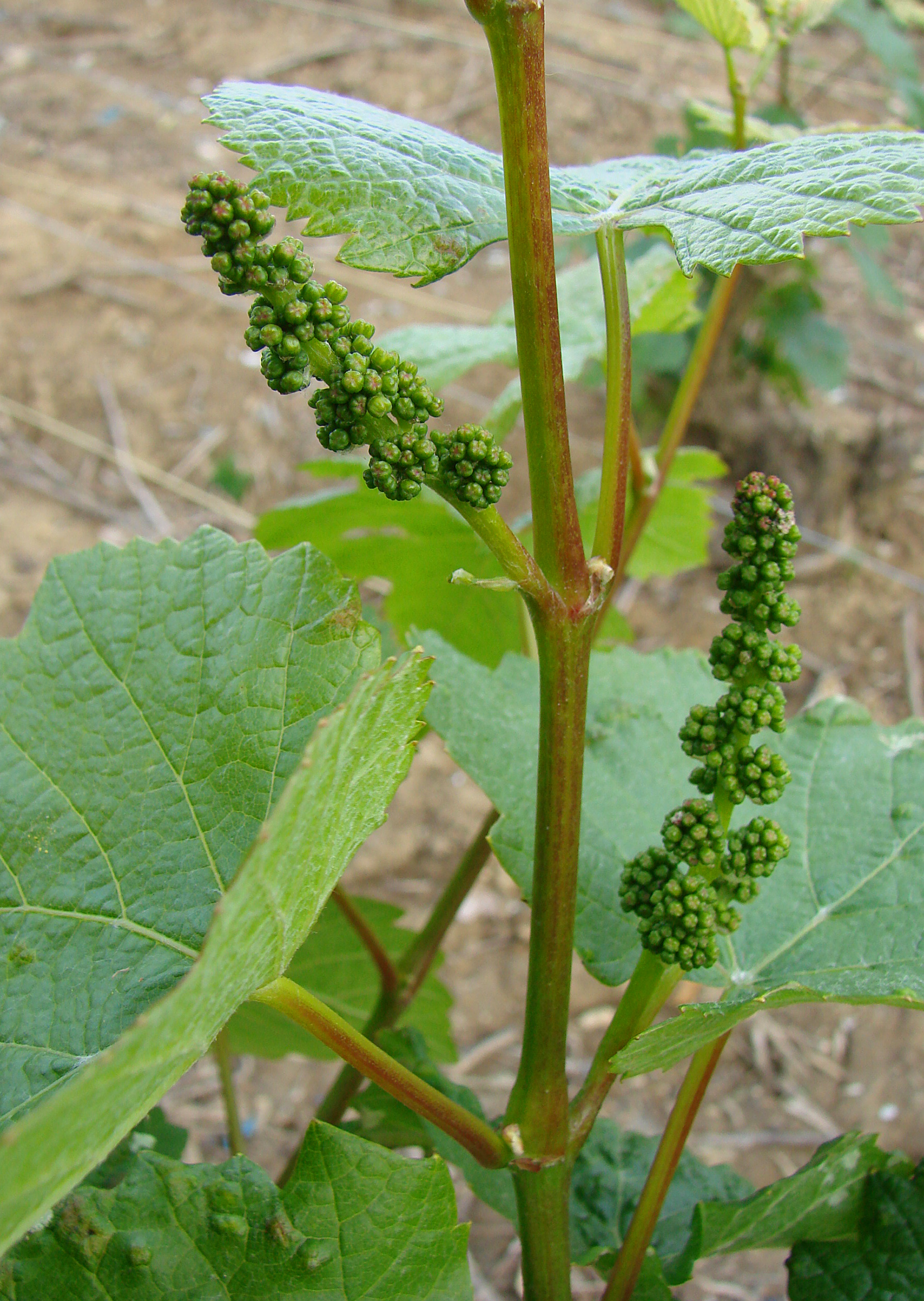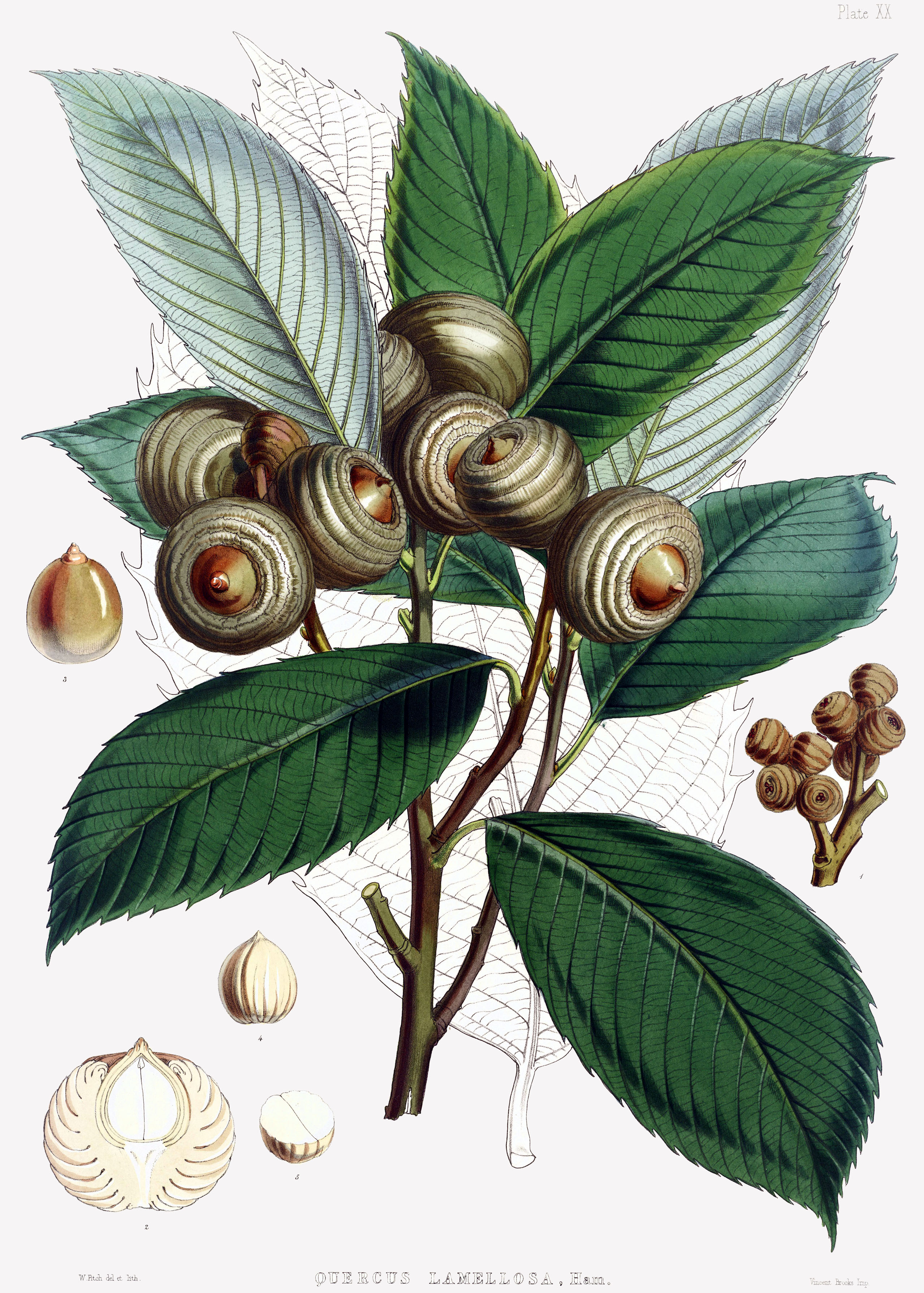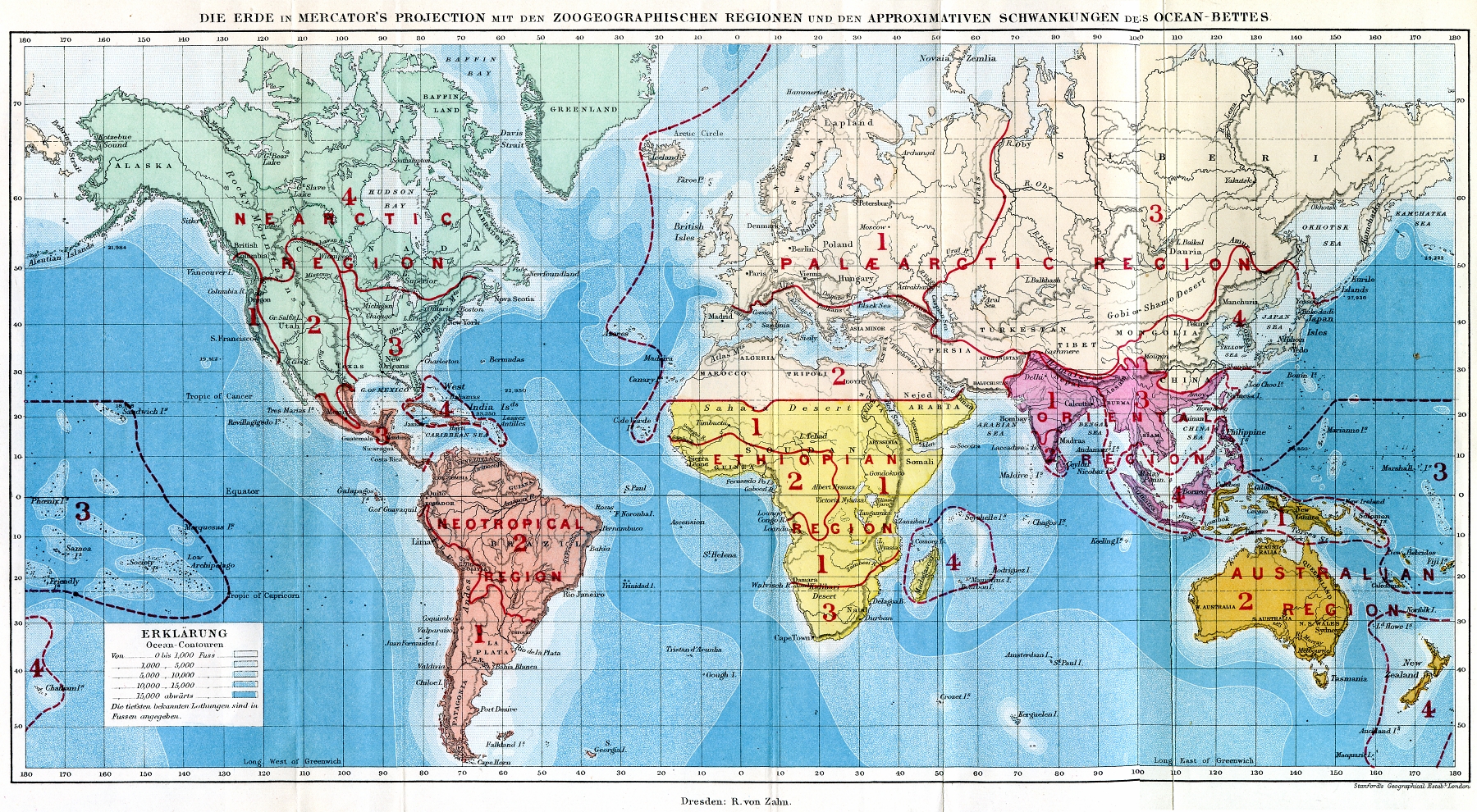|
Rattray Marsh Conservation Area
Rattray Marsh Conservation Area, is 94 acres of environmentally sensitive wetland situated along the shore of Lake Ontario in Canada. It is found on the west side of Jack Darling Memorial Park and is located in the city of Mississauga within the Regional Municipality of Peel. It is the last remaining lakefront marsh on the western end of Lake Ontario and is owned and managed by Credit Valley Conservation. It has been designated an Area of Natural and Scientific Interest, Environmentally Significant Area, and a Provincially Significant Wetland since it was recognized internationally in an Important Biological Program in 1969. The marsh provides a protected environment for many species of plants, birds, mammals, reptiles, and fish. It is a stopover for many migrating waterfowl. The diversity of the marsh also attracts many migrating songbirds. It features a shingle beach and pedestrian boardwalk overlooking a natural wetland. The Marsh is named after Major James Rattray whose ... [...More Info...] [...Related Items...] OR: [Wikipedia] [Google] [Baidu] |
Wetland
A wetland is a distinct ecosystem that is flooded or saturated by water, either permanently (for years or decades) or seasonally (for weeks or months). Flooding results in oxygen-free (anoxic) processes prevailing, especially in the soils. The primary factor that distinguishes wetlands from terrestrial land forms or Body of water, water bodies is the characteristic vegetation of aquatic plants, adapted to the unique anoxic hydric soils. Wetlands are considered among the most biologically diverse of all ecosystems, serving as home to a wide range of plant and animal species. Methods for assessing wetland functions, wetland ecological health, and general wetland condition have been developed for many regions of the world. These methods have contributed to wetland conservation partly by raising public awareness of the functions some wetlands provide. Wetlands occur naturally on every continent. The water in wetlands is either freshwater, brackish or saltwater. The main wetland typ ... [...More Info...] [...Related Items...] OR: [Wikipedia] [Google] [Baidu] |
Ontario Nature
Ontario Nature is a non-profit organization based in Toronto that promotes the preservation and conservation of wild species and spaces in the Canadian province of Ontario. It was established in 1931 as the Federation of Ontario Naturalists and changed its name to Ontario Nature' in 2004. Ontario Nature maintains its own system of 24 nature reserves, totalling 2,788 hectares. It creates parks and nature reserve A nature reserve (also known as a wildlife refuge, wildlife sanctuary, biosphere reserve or bioreserve, natural or nature preserve, or nature conservation area) is a protected area of importance for flora, fauna, or features of geological or ...s. It also provides public education about nature. Ontario Nature publishes a quarterly magazine called ''ON Nature,'' formerly called ''Seasons''. References ;General references Information Niagara: Ontario NatureOntario Nature: Milestones* Halton Environment: Ontario Nature External links Ontario Nature [...More Info...] [...Related Items...] OR: [Wikipedia] [Google] [Baidu] |
Vitis
''Vitis'' (grapevine) is a genus of 79 accepted species of vining plants in the flowering plant family Vitaceae. The genus is made up of species predominantly from the Northern Hemisphere. It is economically important as the source of grapes, both for direct consumption of the fruit and for fermentation to produce wine. The study and cultivation of grapevines is called viticulture. Most cultivated ''Vitis'' varieties are wind-pollinated with hermaphroditic flowers containing both male and female reproductive structures, while wild species are dieceous. These flowers are grouped in bunches called inflorescences. In many species, such as ''Vitis vinifera'', each successfully pollinated flower becomes a grape berry with the inflorescence turning into a cluster of grapes. While the flowers of the grapevines are usually very small, the berries are often large and brightly colored with sweet flavors that attract birds and other animals to disperse the seeds contained within the ber ... [...More Info...] [...Related Items...] OR: [Wikipedia] [Google] [Baidu] |
Typha
''Typha'' is a genus of about 30 species of monocotyledonous flowering plants in the family Typhaceae. These plants have a variety of common names, in British English British English (BrE, en-GB, or BE) is, according to Lexico, Oxford Dictionaries, "English language, English as used in Great Britain, as distinct from that used elsewhere". More narrowly, it can refer specifically to the English language in ... as bulrush or reedmace, in American English as reed, cattail, or punks, in Australia as cumbungi or bulrush, in Canada as bulrush or cattail, and in New Zealand as raupo. Other taxa of plants may be known as bulrush, including some Cyperaceae, sedges in ''Scirpus'' and related genera. The genus is largely distributed in the Northern Hemisphere, where it is found in a variety of wetland habitats. The rhizomes are edible. Evidence of preserved starch grains on grinding stones suggests they were already eaten in Europe 30,000 years ago. Description ''Typha'' are a ... [...More Info...] [...Related Items...] OR: [Wikipedia] [Google] [Baidu] |
Equisetum
''Equisetum'' (; horsetail, snake grass, puzzlegrass) is the only living genus in Equisetaceae, a family of ferns, which reproduce by spores rather than seeds. ''Equisetum'' is a " living fossil", the only living genus of the entire subclass Equisetidae, which for over 100 million years was much more diverse and dominated the understorey of late Paleozoic forests. Some equisetids were large trees reaching to tall. The genus ''Calamites'' of the family Calamitaceae, for example, is abundant in coal deposits from the Carboniferous period. The pattern of spacing of nodes in horsetails, wherein those toward the apex of the shoot are increasingly close together, is said to have inspired John Napier to invent logarithms. Modern horsetails first appeared during the Jurassic period. A superficially similar but entirely unrelated flowering plant genus, mare's tail (''Hippuris''), is occasionally referred to as "horsetail", and adding to confusion, the name "mare's tail" is some ... [...More Info...] [...Related Items...] OR: [Wikipedia] [Google] [Baidu] |
Pinus Classification
''Pinus'', the pines, is a genus of approximately 111 extant tree and shrub species. The genus is currently split into two subgenera: subgenus ''Pinus'' (hard pines), and subgenus ''Strobus'' (soft pines). Each of the subgenera have been further divided into sections based on chloroplast DNA sequencing and whole plastid genomic analysis. Older classifications split the genus into three subgenera – subgenus ''Pinus'', subgenus ''Strobus'', and subgenus ''Ducampopinus'' ( pinyon, bristlecone and lacebark pines) – based on cone, seed and leaf characteristics. DNA phylogeny has shown that species formerly in subgenus ''Ducampopinus'' are members of subgenus ''Strobus'', so ''Ducampopinus'' is no longer used. The species of subgenus ''Ducampopinus'' were regarded as intermediate between the other two subgenera. In the modern classification, they are placed into subgenus ''Strobus'', yet they did not fit entirely well in either so they were classified in a third subgen ... [...More Info...] [...Related Items...] OR: [Wikipedia] [Google] [Baidu] |
List Of Quercus Species
The genus ''Quercus'' contains about 500 species, some of which are listed here. The genus, as is the case with many large genera, is divided into subgenera and sections. Traditionally, the genus ''Quercus'' was divided into the two subgenera ''Cyclobalanopsis'', the ring-cupped oaks, and ''Quercus'', which included all the other sections. However, a comprehensive revision in 2017 identified different relationships. Now the genus is commonly divided into a subgenus ''Quercus'' and a sugenus ''Cerris'', with ''Cyclobalanopsis'' included in the latter. The sections of subgenus ''Quercus'' are mostly native to the New World, with the notable exception of the white oaks of sect. ''Quercus'' and the endemic Quercus pontica. In contrast, the sections of the subgenus ''Cerris'' are exclusively native to the Old World. Legend Species with evergreen foliage (" live oaks") are tagged '#'. Species in the genus have been recategorized between deciduous and evergreen on numerous occasions, a ... [...More Info...] [...Related Items...] OR: [Wikipedia] [Google] [Baidu] |
Betula Alleghaniensis
''Betula alleghaniensis'', the yellow birch, golden birch, or swamp birch, is a large tree and an important lumber species of birch native to northeastern North America. Its vernacular names refer to the golden color of the tree's bark. In the past the species name was ''Betula lutea''. ''Betula alleghaniensis'' is the provincial tree of Quebec, where it is commonly called ''merisier'', a name which in France is used for the wild cherry. Description It is a medium-sized, typically single stemmed, deciduous tree reaching tall (exceptionally to ) with a trunk typically in diameter, making it the largest North American species of birch. Yellow birch is long-lived, typically 150 years and some old growth forest specimens may last for 300 years. It mostly reproduces by seed. Mature trees typically start producing seeds at about 40 years but may start as young as 20. The optimum age for seed production is about 70 years. Good seed crops are not produced every year, and tend to b ... [...More Info...] [...Related Items...] OR: [Wikipedia] [Google] [Baidu] |
Carolinian Zone
The Carolinian forest refers to a life zone in eastern North America characterized primarily by the predominance of deciduous (broad-leaf) forest. The term "Carolinian", which is most commonly used in Canada, refers to the deciduous forests which span across much of the eastern United States from the Carolinas northward into southern Ontario, Canada. These deciduous forests in the United States and southern Ontario share many similar characteristics and species hence their association. Today the term is often used to refer to the Canadian portion (northern limit) of the deciduous forest region while the portion in the United States is often referred to as the "Eastern deciduous forest". Location and extent The Carolinian zone spans across much of the eastern United States, with extensive coverage in the Carolinas, the Virginias, Kentucky, Tennessee, Maryland, Delaware, Pennsylvania, parts of southern New York state, Connecticut, and Rhode Island, eastern Ohio, and small parts of so ... [...More Info...] [...Related Items...] OR: [Wikipedia] [Google] [Baidu] |
Biogeography
Biogeography is the study of the distribution of species and ecosystems in geographic space and through geological time. Organisms and biological communities often vary in a regular fashion along geographic gradients of latitude, elevation, isolation and habitat area.Brown University, "Biogeography." Accessed February 24, 2014. . Phytogeography is the branch of biogeography that studies the distribution of plants. Zoogeography is the branch that studies distribution of animals. Mycogeography is the branch that studies distribution of fungi, such as mushrooms. Knowledge of spatial variation in the numbers and types of organisms is as vital to us today as it was to our early human ancestors, as we adapt to heterogeneous but geographically predictable environments. Biogeography is an integrative field of inquiry that unites concepts and information from ecology, evolutionary biology, taxonomy, geology, physical geography, palaeontology, and climatology.Dansereau, ... [...More Info...] [...Related Items...] OR: [Wikipedia] [Google] [Baidu] |
Wood Anemone (Anemone Quinquefolia) - Mississauga, Ontario 2015-05-14
The phrase wood anemone is used in common names for several closely related species of flowering plants in genus '' Anemonoides'', including: * '' Anemonoides nemorosa'', the ''wood anemone'' in Europe and Asia * ''Anemonoides quinquefolia'', the ''wood anemone'' in North America * ''Anemonoides oregana'', the ''western wood anemone'' in North America * ''Anemonoides ranunculoides ''Anemonoides ranunculoides'' (syn. ''Anemone ranunculoides''), the yellow anemone, yellow wood anemone, or buttercup anemone, is a species of herbaceous perennial plant that grows in forests across Europe to western Asia, and less frequently in ...'', the ''yellow wood anemone'' in Europe and Asia {{Plant common name Anemonoides ... [...More Info...] [...Related Items...] OR: [Wikipedia] [Google] [Baidu] |
Low-impact Development (U
Low-impact development may refer to: * Low-impact development (U.S. and Canada), the term used in Canada and the US to describe planning and engineering design approach to managing stormwater runoff * Low-impact development (UK), the term used in the UK for developments with little or no environmental impact {{disambiguation ... [...More Info...] [...Related Items...] OR: [Wikipedia] [Google] [Baidu] |





.jpg)
